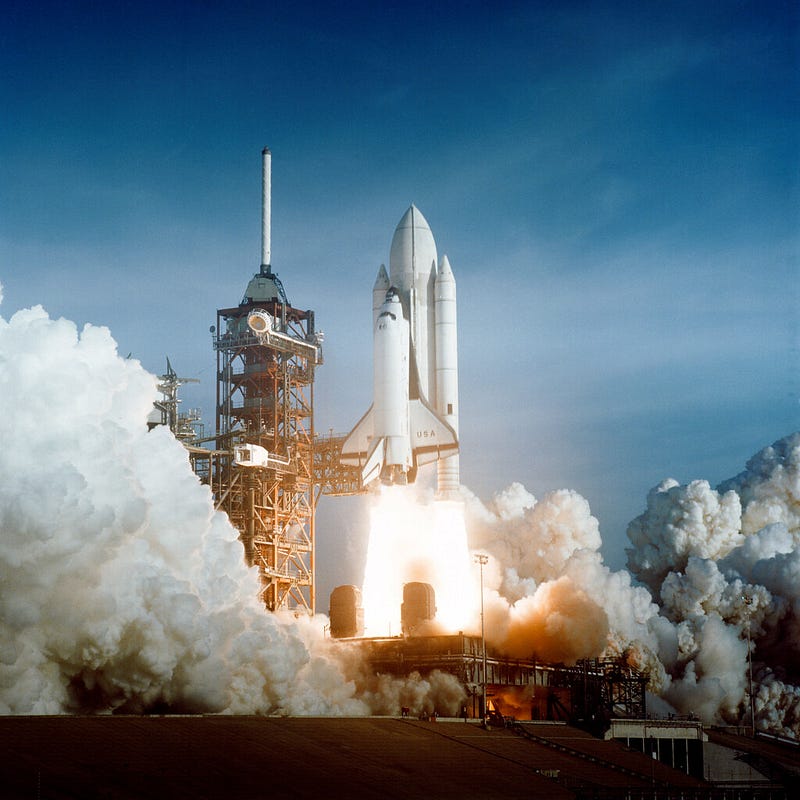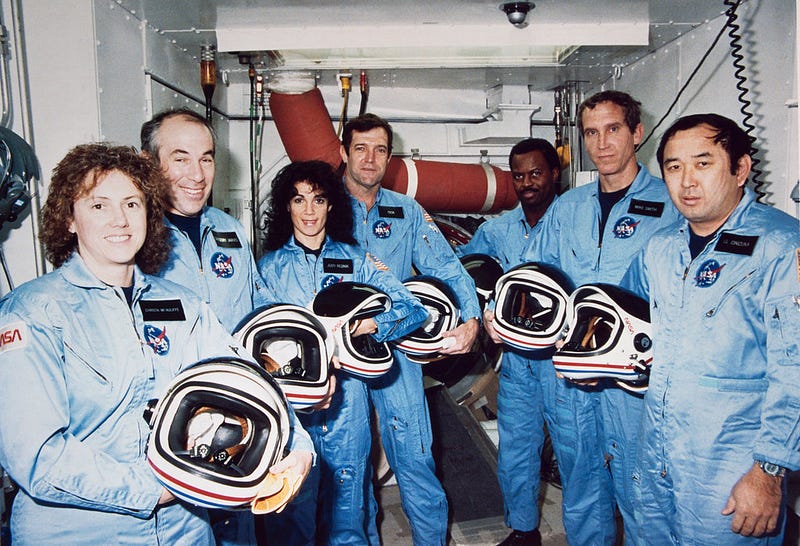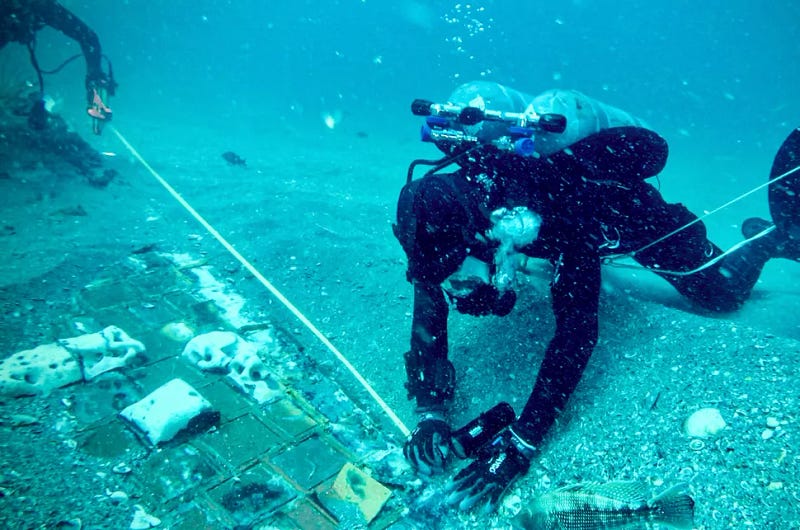Recovering Challenger: Uncovering NASA's Lost Spacecraft
Written on
Chapter 1: Discovery of the Challenger Remains
A documentary team searching for a downed World War II aircraft stumbled upon one of the largest pieces of NASA's lost space shuttle Challenger resting on the ocean floor.

The remains, identified as a segment of Challenger, were located in waters off Florida’s Space Coast, well to the northwest of the area infamously known as the Bermuda Triangle. This discovery was made during the filming of "The Bermuda Triangle: Into Cursed Waters" for The History Channel.
A Brief History of Challenger:
The STS-51-L mission marked Challenger's tenth flight and the twenty-fifth mission in the Space Shuttle program. Commanded by Dick Scobee, the crew was announced on January 27, 1985. Crew members included mission specialists Ronald McNair, Judith Resnik, and Ellison Onizuka, with Michael Smith as the pilot. The payload specialists were Christa McAuliffe, representing the Teacher in Space Project, and Gregory Jarvis, conducting research for Hughes Aircraft Company.

The primary objective for the Challenger team was to deploy the TDRS-B, a Tracking and Data Relay Satellite, utilizing an Inertial Upper Stage (IUS). This satellite was to be part of a constellation allowing uninterrupted communication with orbiting spacecraft. Additionally, the crew planned to observe Halley’s Comet as it neared the sun and to launch and recover a SPARTAN satellite.
Originally scheduled for launch in July 1985, the mission faced multiple delays, moving from November to January 10, and eventually to January 28. Tragically, on that day in 1986, the Challenger mission concluded in disaster, resulting in the loss of seven astronauts and the shuttle itself due to a rocket failure just 73 seconds after liftoff.
The Search Effort and Its Surprising Outcome:

Following the tragedy, a massive search and salvage operation was launched by the U.S. Navy and U.S. Coast Guard, marking one of the largest efforts of its kind. The operation involved numerous robotic and manned submersibles, 16 surface vessels, a nuclear-powered research submarine, and thousands of personnel, covering over 486 square nautical miles (1,666 square kilometers) of ocean floor at depths ranging from 10 to more than 1,200 feet (3 to 365 meters).
Seven months post-incident, 167 fragments of the shuttle, weighing a total of 118 tons, were recovered. The debris included between 40% and 95% of the mission’s three main payloads, alongside 47% of the Challenger orbiter, 33% of the external tank, and 50% of the solid rocket boosters.
Interestingly, the History Channel film crew was not initially searching for Challenger fragments. Instead, in March 2022, they commenced scout dives to explore various suspected wreck sites off Florida's coast, including areas outside the Bermuda Triangle, near Cape Canaveral.
Unexpectedly, rather than finding remnants of a World War II aircraft, the team discovered a modern-looking aviation structure. After consultation with an expert and a second dive in May 2022, former NASA astronaut Bruce Melnick suspected it to be a piece of Challenger. This prompted the show's creators to notify NASA, leading to confirmation in August 2022 that they had indeed found a significant segment of the lost shuttle.
The findings related to Challenger are featured in the first episode of The History Channel’s six-part series “The Bermuda Triangle: Into Cursed Waters,” which is slated to air on November 22. The episode covers everything from the initial dive to discussions with NASA.
For those passionate about space exploration and wishing to commemorate this event, consider purchasing this exceptional model available on Amazon.
Note: As an Amazon Associate, I earn from qualifying purchases.
Video Description: This archival footage covers the tragic 1986 Space Shuttle Challenger explosion, providing insights into the mission and its crew.
Video Description: This video delves into the Challenger tragedy, exploring the events leading up to the disaster and its impact on space exploration.